A 2012 Gartner survey on 419 organizations in Europe and the Americas reveals growing
alignment between business competitive drivers and sourcing strategies. Actual
drivers, frequency of update and results show how businesses, CIOs and sourcing
managers are increasingly in alignment.
Impacts
- Sourcing strategies from 2012 onward must deliver competitiveness improvements and cost control, forcing CIOs and sourcing managers to focus on cost reduction as a first priority.
- Sourcing strategies from 2012 onward will become an integral part of IT and business strategy, causing CIOs to revisit their sourcing strategies more frequently to align with business and economic cycles.
- Only a third of organizations achieve more than 80% of expected goals, which forces sourcing managers to improve sourcing management maturity and enforce sourcing best practices.
Recommendations
CIOs and sourcing managers must:
- Adjust their existing sourcing strategy to increase cost reductions (lower unit costs for good enough services and transition ROI analysis) to enable business transformation, new business solutions and increased competitiveness.
- Anticipate a potential increase of business requests that requires speed, innovation and delivery quality, like mergers and acquisitions or expansion on new markets or products.
- Be cognizant that your competitors (especially midsize businesses in fast growing economies) are advancing their sourcing strategies more frequently than once a year.
- Align the requirement to refresh your sourcing strategy to the rhythm of your business and its competitive stance.
- Align sourcing strategies to major business drivers, measurable goals and the enterprise architecture (EA) approach by defining specific, measurable, agreed, realistic, timebound (SMART) goals.
- Ensure that multisourcing management capabilities are available and mature enough to support the speed, rate of change and value and risk defined by your sourcing strategy and sourcing model.

Leave A Comment